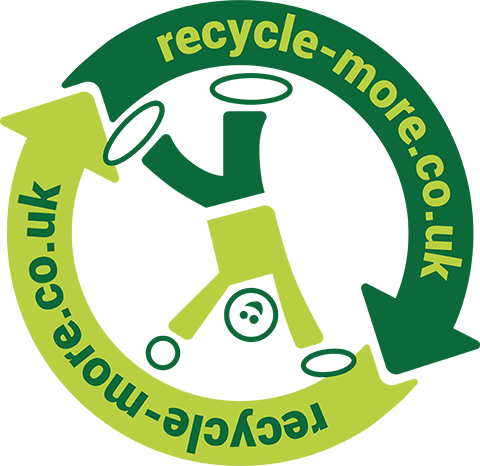
Food waste
Waste not, want not: How to reduce food waste in your home
Food waste in the UK is a growing problem, with a large majority being produced by us in our homes.
We often buy more food than we need, which means a lot of it goes to waste. To help combat this waste issue we explain what food waste is, why it’s a problem and how you can help to prevent it. We also explain how your local council might handle food waste once it has been collected at kerbside.
It
includes food that has gone bad, leftovers that are not consumed and food that
is thrown away before its expiry. In the UK, it is estimated that householders alone
throw away 9.5 million tonnes of food each year, which equates to about £14
billion worth of food.
Food waste has many negative consequences for the environment, the economy and society. Here are just a few of the issues associated with food waste: Environmental impact: When food is thrown away, it ends up in landfill sites where it produces methane, a potent greenhouse gas that contributes to climate change. Also, resources like water, energy, and land are used to grow, package, and transport food that is ultimately wasted Economic cost: Food waste costs the UK economy billions of pounds each year. This includes the cost of producing and transporting food that isn't consumed, as well as the cost of disposing of food waste in landfill site Social affects: While some households are throwing away food, others struggle to put food on the table. As food prices continue to rise, this increases the problem, as resources that could have been used to feed people are wasted Plan your meals: Make a meal plan for the week and buy only the ingredients you need. This can help you avoid buying more food than you can consume Store food properly: Storing
food in the correct way will help to keep it fresh and will help it to last
longer. For example, some fruits and vegetables should be stored in the fridge,
while others should be kept at room temperature and away from other items Use leftovers: If
you end up with leftovers after cooking a meal, try to incorporate these into
another meal. For example, leftover chicken can be used in a stir-fry, a pie or
even a salad Freeze food: If
you have bought fresh food items in bulk, try freezing them for later use. Doing
so can help to reduce waste and will save money Explore Love Food Hate Waste by WRAP for helpful tips and guides on making your food go further or check out our blog for even more ways to reduce food waste! When the food waste arrives at a treatment facility, it undergoes a process called anaerobic digestion. Anaerobic digestion is a natural process that occurs when organic materials, like food waste, are broken down by bacteria in the absence of oxygen. During anaerobic digestion, the food waste is placed in a sealed container called a digester, along with water and microorganisms. The microorganisms then break down the food waste, releasing biogas as a by-product. Biogas is a mixture of methane and carbon dioxide, which can be used as a renewable energy source. Once the biogas has been produced, it is collected and purified to remove impurities like hydrogen sulphide and water vapor. The purified biogas can then be used to generate electricity or heat. To generate electricity, the biogas is burned in a turbine, which spins a generator to produce electricity. The electricity can then be used to power homes, businesses, or the local grid. To generate heat, the biogas can be used in a boiler to provide heat for buildings or to produce steam for industrial processes. The heat can be used for space heating, water heating, or in some cases, to generate electricity. Overall, the process of turning food waste into biogas is a sustainable way to generate energy and reduce waste. By diverting food waste from landfill sites and instead using it to produce renewable energy, we can help reduce greenhouse gas emissions and move towards a more circular economy.
Food waste is food that is thrown away and not eaten.

Fortunately, there are simple steps you can take to prevent food waste in your household. Here are some ideas:
In the UK, many local councils are now responsible for collecting food waste from households. Once collected, the food waste is taken to a treatment facility where it is processed into compost or biogas. Compost can be used to improve soil quality, while biogas can be used to generate electricity or heat.







